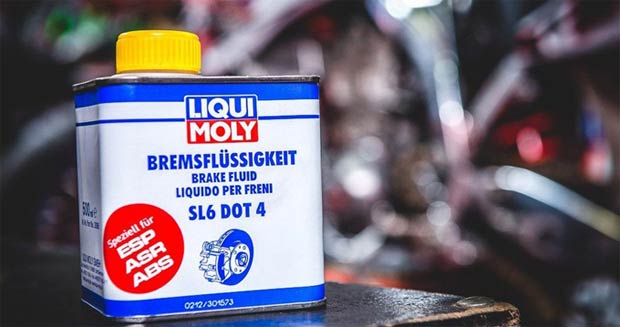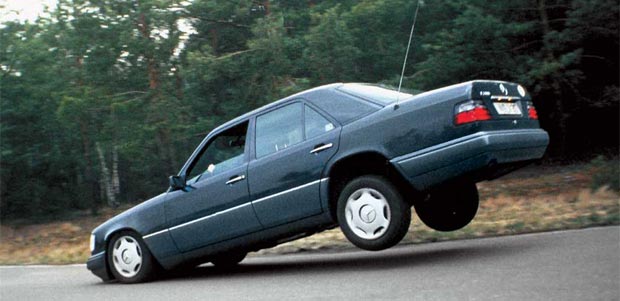
DOT 4. Characteristics, composition, GOST
Composition dot 4
DOT-4 brake fluid has excellent antioxidant properties due to the low content of buffering agents (free amines) and high pH value. Liquids DOT-1-DOT-4 contain boric acid esters and polypropylene glycol as a base.
- Boric acid esters of polypropylene glycol with monosubstituted propylene glycol esters
They make up 35–45% by weight. Maintain quality characteristics and density regardless of temperature changes and pressure. The main lubricant component.
- ethyl carbitol
Represents monosubstituted ethyl ether of diethylene glycol (ethoxyethane). Acts as a stabilizer and solvent for esters. Content - 2-5%.
- Ionol
Antioxidant additive. Prevents burnout of borates at elevated temperatures. Mass fraction: 0,3–0,5%.


- Azimidobenzene and morpholine
corrosion inhibitors. Provides a pH stabilizing effect. Content - 0,05–0,4%.
- Plasticizers
Orthophthalic acid dimethyl ester, phosphoric acid esters are used as a softener. Facilitate the deformability and increase the thermal stability of polymer units. They have surface activity. The share is 5–7%.
- Polypropylene glycol with an average weight of 500
In combination with boron ether polycondensates, it improves the lubricity of the product. Content – 5%
- Tripropylene Glycol N-Butyl Ether
Binds hydrophobic fat-oil particles. Reduces surface tension. Percentage - up to 15%.
Thus, DOT-4 brake fluid includes a high content of borates, propylene glycol polyesters, plasticizers, anti-corrosion and antioxidant additives. In a similar percentage ratio, the components provide excellent hydromechanical and lubricating properties while maintaining the working qualities of the product in a wide temperature range.


GOST requirements
According to the interstate standard, DOT-4 is a high-boiling brake fluid for redistributing loads in a closed mechanical circuit. Color - from pale yellow to brown. Does not form sediment and does not contain visual mechanical impurities.
| Characterization | Normal value |
| Minimum T boiling, ° C | 230 |
| Minimum T vaporization for hydrated liquid, °C | 155 |
| Hydrodynamic stability at elevated temperatures | 3 |
| Hydrogen exponent | 7,5 - 11,5 |
| Kinematic viscosity at 277K (40°C), St | 18 |
| Density under standard conditions | Not indexed |
By introducing organosilicon polymers (silicates) and reducing the proportion of boric acid esters, it is easy to obtain brake fluid of the DOT-5 class. Due to its excellent performance properties, DOT-4 hydraulic grease is popular on the market, and its chemical composition is constantly being improved.


Watch this video on YouTube